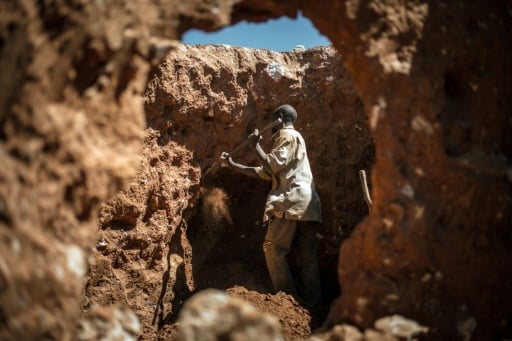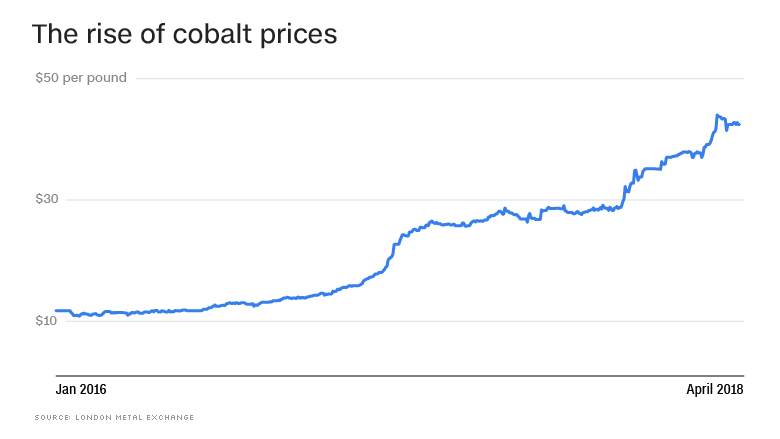
Improved traceability has played an important role in pushing companies toward more ethical conduct. At first glance, it makes sense: If manufacturers can achieve transparency from mine to final product, consumers will be able to make ethical purchases and put the “bad guys” out of business. One proposal is to improve the traceability of mining supply chains.
#CONS OF CHILD LABOR IN COBALT MINES HOW TO#
Policymakers, researchers, and mining industry leaders are now debating how to ensure that the transition to green energy doesn’t exacerbate environmental and social problems elsewhere. Still, the question of how to source metals and minerals ethically remains a legitimate and urgent one. The question of how to source metals and minerals ethically remains a legitimate and urgent one.

His research also estimates that fossil fuels are more expensive and environmentally harmful than renewables in the long run. “Fossil fuels are categorically worse at hurting the environment, and even society, than renewables,” said Benjamin Sovacool, a professor of energy policy at the University of Sussex. Scientific studies conclude that even the production of materials needed to build wind and solar technologies causes far lower emissions than coal or oil. Some critics even cite such adverse effects of renewable energy production to argue against any transition to green energy, such as in the recent, widely criticized Michael Moore-produced documentary Planet of the Humans-which also pushes the falsehood that manufacturing renewable technology consumes as many fossil fuels as burning them. The human rights abuses and environmental degradation in places like Congo do not bode well for the West’s transition to sustainable energy, which will stretch the demand for green energy materials. In the last few years, cobalt mining in the Democratic Republic of the Congo has trickled into the public consciousness, beginning with a 2016 Amnesty International report that revealed child labor at the country’s nonindustrial mine sites, which provide the cobalt that ends up in smart phones and other devices around the world. But unlike fossil fuels, many raw materials for green energy come disproportionately from developing countries. Making all those vehicles, panels, and turbines requires resources such as copper, lithium, and cobalt-which, like fossil fuels, are extracted from the ground.

To source all energy from renewables by 2050-necessary to limit global warming to 1.5 degrees Celsius-citizens will need 1 billion additional electric cars and a more than 30-fold increase in solar photovoltaic capacity.īut as economies in the West address the climate crisis-albeit at a painstakingly slow pace-another crisis is worsening elsewhere. The use of renewable energy resources is expanding in the West, but the production of electric vehicles, wind turbines, and solar cells needs to be scaled up. Thankfully, many of the tools needed to stop heating the planet already exist.

Climate change remains one of the most serious threats to the integrity of life on earth.


 0 kommentar(er)
0 kommentar(er)
